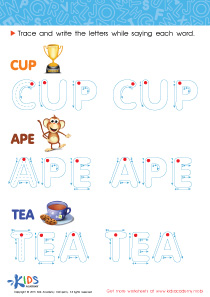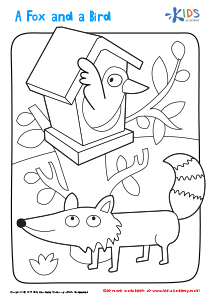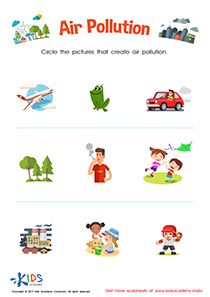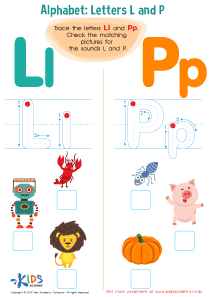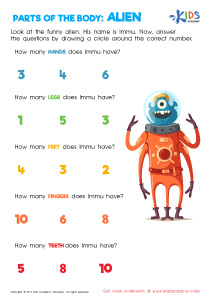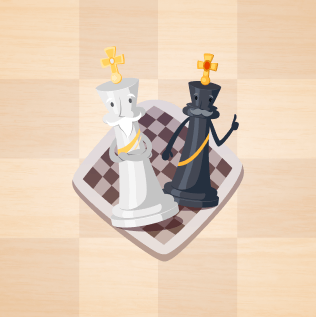Chess Lessons | Pieces - How They Move and Capture for 8-Year-Olds
11 results
Dive into the enchanting world of chess with our "Pieces - How They Move and Capture for 8-Year-Olds" lessons! Designed specifically for young minds, this course brings to life the magic of chess pieces through interactive worksheets, engaging educational videos, and fun quizzes to assess their progress. Children will explore the unique movements and capturing abilities of each chess piece, turning them into strategic thinkers on the board. Perfect for budding chess enthusiasts, our lessons make learning the game's fundamentals both exciting and accessible. Let your child embark on this strategic adventure and watch them master the moves and captures of chess pieces like a pro!
In today's educational landscape, where critical thinking and strategic planning are highly valued, introducing children to complex concepts in a fun and engaging way is more important than ever. One innovative approach to achieving this goal is through lessons on chess pieces, specifically focusing on "Pieces - How They Move and Capture for 8-Year-Olds." This unique educational module combines interactive worksheets, educational videos, and assessment quizzes to provide a comprehensive learning experience tailored to young minds.
Understanding how chess pieces move and capture is not just about learning a game; it's about developing a wide range of skills that are crucial in various aspects of a child's studies and daily life. Here's how our lessons on "Pieces - How They Move and Capture for 8-Year-Olds" can be particularly beneficial:
1. Enhances Problem-Solving Skills
Chess is a game of strategy and tactics. By learning how different pieces move and capture, children are encouraged to think ahead, consider the consequences of their actions, and develop strategies to overcome obstacles. These problem-solving skills are directly transferable to their academic studies, particularly in subjects that require logical reasoning and analytical thinking.
2. Improves Memory and Concentration
Remembering the rules for how each piece can move and capture requires concentration and memorization. Our interactive worksheets and videos are designed to reinforce these concepts in a memorable way, helping children improve their memory and focus - skills that are invaluable across all areas of their studies.
3. Encourages Patience and Persistence
Mastering the movements and capture strategies of chess pieces doesn't happen overnight. It requires practice, patience, and persistence. Through our lessons, children learn the value of perseverance, a quality that is essential for tackling challenging subjects and not giving up when faced with difficulty.
4. Fosters Creativity
While chess has set rules for how pieces move, there's a vast array of strategies that can be employed. This opens the door for creativity. Our lessons encourage children to think outside the box and come up with inventive solutions, fostering a creative mindset that is beneficial in subjects like writing, art, and even mathematics.
5. Promotes Independent Learning
The structure of our lessons, which includes assessment quizzes, allows children to gauge their understanding and progress independently. This self-assessment fosters a sense of autonomy and encourages a proactive attitude towards learning, an essential attribute for lifelong learning.
6. Builds Social Skills
Although the focus of our lessons is on the individual understanding of chess piece movements, the ultimate goal is to prepare children to play chess against peers. This interaction can significantly enhance a child's social skills, teaching them about sportsmanship, respect, and communication.
In conclusion, our lessons on "Pieces - How They Move and Capture for 8-Year-Olds" offer much more than just the basics of a board game. They provide a multi-faceted educational experience that develops critical thinking, enhances cognitive abilities, and nurtures essential life skills. Whether in the classroom or at home, these lessons are a valuable tool for aiding children in their overall development and academic pursuits.
